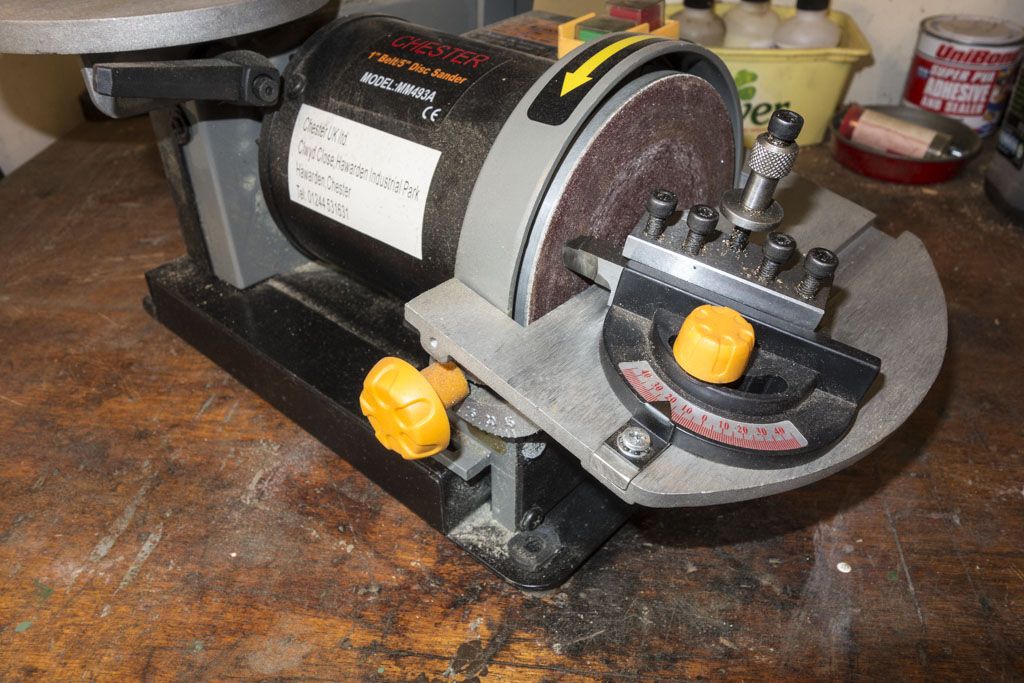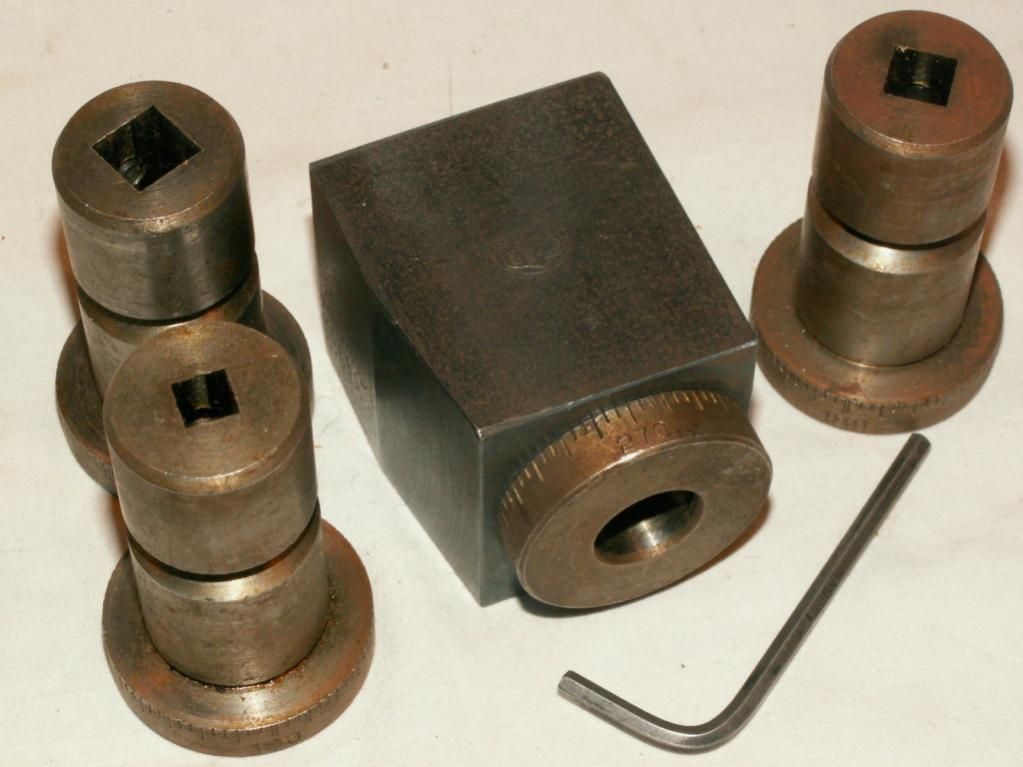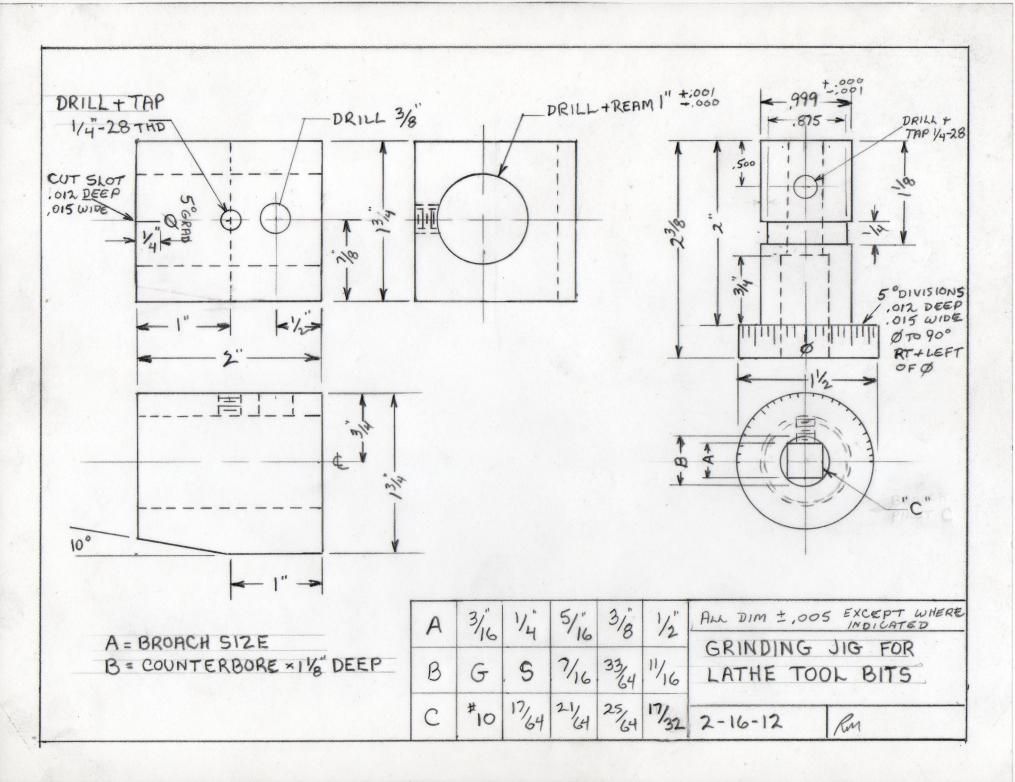Posted by John Reese on 05/08/2016 03:44:16:
Freehand grinding will get you any shape tool you are likely ever need. The typical bench grinder has two faults: the work rest is inadequate and the wheels supplied are ill suited to grinding high speed steel. Those limitations acn be corrected quite easily. A work rest similar to the Veritas will make it much easier to use. Friable aluminum oxide wheels do a much better job on high sped steel than those supplied with the grinder. In the US the friable aluminum oxide wheels for bench grinders is listed tn the catalogs catering to woodworkers.
Agree 100% with this.
I was originally a toolroom turner by trade and all my HSS tool grinding was done freehand. The exceptions being high precision form tools that were done by others on the optical grinders.
The big difference twixt then and now is the quality of bench and pedestal grinders available.
Use of correct stones for both roughing and finishing is essential.
Grinding rests in earleir days were far more substantial and to a degree some were adjustable. The rests on modern day grinders in the main need binning and replacing, in some cases can be downright dangerous because they are like tinplate. More substantial or modified ones are called for.
As mentioned Axminister do the Veritas which would improve things considerably, but they also do a similar made one ( copy? ) that is cheaper and even has a bit more base positional adjustment. I personally would say you will not need anyting more for HSS turning tools unless special forms are required but that a different game.
As also mentioned about stones, I too also had 5 or 6 white fine Arkansas stones, 1:2 and 3/4" square, some with grooves and also a couple of rads.
The media is so powerful now both Youtube and googling can satisfy a tremendous amount of learning. Then there also books, but as others have stated, don't feel blinded by science. Rake and clearance angles are not too critical, so as long as are in the right direction i.e. Positive or negative to match materials where needed.
If however you feel like a multi adjustable rest would give you an ideal project and a good amount of satisfaction then by all means go for it. Personally, I reckon the ones like the HH are total overkill for just lathe tools but…………….
I have said before, its all about enjoyment and not endurance.
John Reese.





 using a coarse belt. I use a wooden push stick so my fingers don't get burned. That lets me get to near the net shape quickly before I go to the bench grinder.
using a coarse belt. I use a wooden push stick so my fingers don't get burned. That lets me get to near the net shape quickly before I go to the bench grinder.


